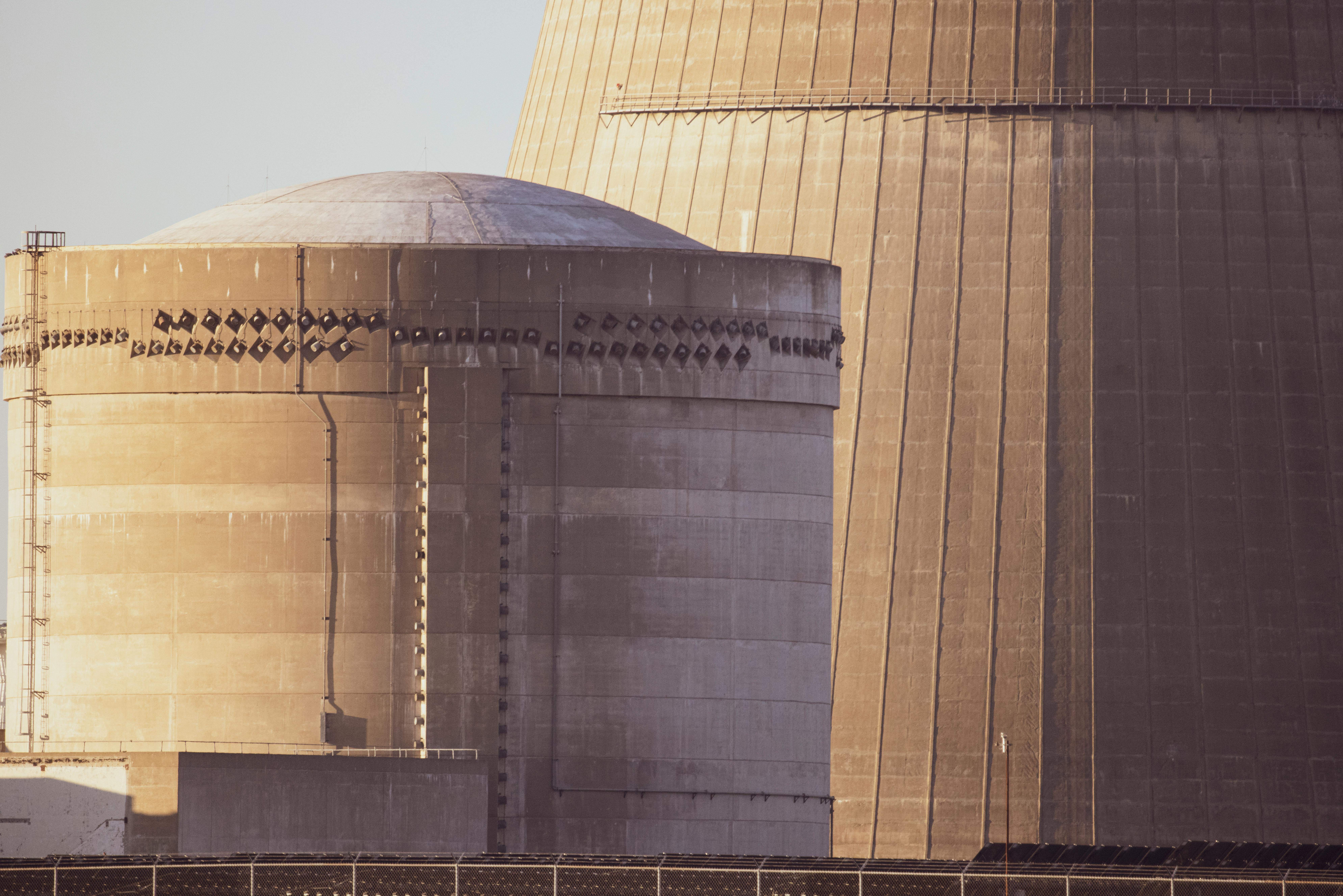On July 17, 2025, the United States conducted airstrikes on Iran's nuclear facilities, including the Fordo site, which resulted in significant damage. According to a recent U.S. assessment, the attack achieved only partial success. One of the three targeted enrichment sites, Fordo, suffered complete destruction, delaying Iran's enrichment capabilities by up to two years. However, the other two facilities sustained damage that may allow them to resume enrichment activities within several months if Iran decides to do so. This assessment highlights the complexity of Iran's nuclear program and underscores the challenges faced by the Trump administration in determining the true impact of the strikes.
The impact of the U.S. strikes on Iran's nuclear program underscores the escalating tensions in the region, particularly concerning the country's pursuit of nuclear technology. These strikes, aimed at dismantling Iran's key nuclear facilities like Fordo, Natanz, and Isfahan, represent a significant escalation in the global nuclear arms race. The assessments indicate that the strikes achieved partial success, setting back Iran's nuclear capabilities by as much as two years at Fordo alone. This outcome has profound implications for regional stability and could potentially lead to renewed confrontations between the United States and Iran.
The recent assessments reveal that the U.S. airstrikes on Iran's nuclear facilities have yielded mixed results, with some analysts suggesting that the program may still face challenges in resuming its nuclear enrichment activities. However, the assessments highlight the complexity of Iran's nuclear program and the need for continued monitoring. The timing and scale of these strikes raise questions about the effectiveness of unilateral actions versus multilateral diplomatic solutions.
Moreover, the strikes come amidst broader geopolitical dynamics involving multiple actors, including the United States, Israel, and other regional powers. The assessments emphasize the interconnected nature of the nuclear debate, highlighting how decisions made in one region can affect outcomes elsewhere. The ongoing negotiations surrounding Iran's nuclear program, driven by the Trump administration's push for a comprehensive deal, underscore the importance of diplomacy in resolving disputes related to nuclear proliferation.
These events also reflect the evolving strategies of major powers in the Middle East, particularly the role of Israel in countering perceived threats to its security. The strikes serve as a stark reminder of the potential consequences of unchecked nuclear ambitions and the necessity for responsible stewardship of atomic energy resources globally. The assessments provide insights into the nuances of nuclear deterrence and non-proliferation policies, underscoring the ongoing challenge of balancing security interests with international norms and treaties.
In conclusion, the recent U.S. strikes on Iran's nuclear sites demonstrate the intricate web of geopolitical relations and the dynamic nature of nuclear strategy in today's world. These actions not only reshape the balance of power in the region but also highlight the complexities associated with addressing nuclear proliferation issues. As the situation evolves, it becomes increasingly important for policymakers to carefully weigh the costs and benefits of different approaches to managing nuclear risks, ensuring that dialogue and cooperation remain central to maintaining global peace and security.
Iran Nuclear Assessment: Strategic Implications and Recent Developments
Attributed Quotes:
- Bennett: "The assessment indicates that despite initial hopes, the airstrikes have achieved only partial success."
- Biden: "We must ensure that Iran cannot produce enough fissile material to fuel a nuclear bomb."
- Gordon Lubold: "The strikes have set back Iran’s nuclear program, but not nearly as much as we hoped."
- Anna Kelly: "The assessment highlights the need for continued vigilance and diplomatic efforts."
- Dan Caine: "The strikes have disrupted Iran’s ability to enrich uranium, but the regime is still capable of restarting nuclear activities."
- John Ratcliffe: "The airstrikes have significantly weakened Iran’s capacity to develop nuclear weapons."
Geographical Relevance:
- Israel: The region surrounding Iran has been a focal point of regional tensions.
- Iran: The country's nuclear program has been a contentious issue among global powers.
- World Judea: This area encompasses the historical region centered around Jerusalem.
- Natanz: An important nuclear facility located near Tehran.
- Washington, D.C.: The headquarters of the United States government.
- Canada: Another major ally in countering Iran’s nuclear ambitions.
- U.S. Central Command: Oversees military operations in the Middle East.
Historical Context:
- Up to Two Years: The assessment suggests that the strikes have set back Iran’s nuclear program by up to two years.
- Last Month: Intelligence agencies are currently evaluating the extent of the damage caused by the strikes.
- This Spring: The impact of the strikes is being closely monitored for its implications on Iran’s nuclear capabilities.
- Late June: Initial assessments indicate that the strikes have achieved partial success but not as much as initially hoped.
Key Statistics:
- Quantity: The total amount of uranium enriched at Natanz and Isfahan before the strikes is estimated to be approximately 30,000 pounds.
- Timeframe: The assessment suggests that even if some sites remain undamaged, Iran could resume uranium enrichment within several months.
Recent Developments:
- Analysis Archaeology Blogpost: The blogpost discusses the assessment and its implications for the future of Iran’s nuclear program.
- Reuters: Reports that Israel believes Iran’s nuclear program has been set back by up to two years.
- Getty Images/Traffic Analyzer: Provides visual evidence of the damage done to Iranian nuclear infrastructure.
Forward-Looking Conclusion
Upcoming Events
The geopolitical landscape surrounding Iran's nuclear program continues to evolve, driven by the ongoing tensions between regional powers and the global community. As we move into the next phase of the conflict, several events and developments warrant attention:
July 18, 2025: This date marks a pivotal moment in the ongoing standoff between the United States and Iran. The culmination of the strikes on the key Iranian nuclear facilities, including Fordo, Natanz, and Isfahan, sets the stage for a prolonged period of tension and possibly renewed hostilities.
Mid-June 2025: Following the strikes, Israel reportedly launched another airstrike on Iran's nuclear infrastructure, focusing on the Isfahan facility. These actions highlight the evolving strategies employed by both sides, emphasizing the need for continued vigilance and diplomatic engagement.
Late June 2025: The Israeli government expressed concern about the possible resumption of clandestine nuclear work at Natanz and Isfahan, suggesting that Iran may attempt to reestablish its nuclear capabilities despite the initial setbacks. This development underscores the complexity of the situation and the necessity for coordinated responses.
September 2025: Given the timeline mentioned, September could see a review of the effectiveness of the initial strikes and the potential for further escalation. This period may also mark the beginning of broader diplomatic efforts aimed at de-escalation and dialogue.
Impact and Consequences
The consequences of these strikes extend far beyond the immediate tactical gains. The psychological impact on Iran's leadership and its ability to project power globally cannot be overstated. The repeated failures of diplomacy and the willingness to escalate through force have eroded trust among regional allies and adversaries alike.
For the United States, the aftermath of these operations highlights the challenges of maintaining alliances and the risks associated with direct confrontation. The decision to pursue a limited but effective strategy may signal a shift towards a more calibrated approach, potentially leading to more controlled interventions in future crises.
In summary, the coming months will be crucial in determining the trajectory of the Iran crisis. As we navigate through these turbulent times, it becomes increasingly important to engage in transparent, constructive dialogues and to seek mutually beneficial solutions that respect the sovereignty and security of all parties involved.










